A Comprehensive Review of Alaria alata (Goeze 1782) (Platyhelminthes, Trematoda) in Different Animal Hosts
Pathogens
Oglądaj/
Data
2025Autor
Bełcik, Aneta
Cencek, Tomasz
Korpysa-Dzirba, Weronika
Samorek-Pieróg, Małgorzata
Karamon, Jacek
Sroka, Jacek
Zdybel, Jolanta
Skubida, Marta
Bilska-Zając, Ewa
Metadane
Pokaż pełny rekordStreszczenie
This review provides a comprehensive overview of the occurrence of Alaria alata (Goeze
1782) trematodes in first, second, definitive, and paratenic hosts, including wild and do-
mestic animals. This systematic review was conducted using two academic databases: Web
of Science and Google Scholar. A total of 119 articles containing data on 18 different A. alata
hosts from 30 countries were analyzed. Based on the literature review, the best-studied
group were definitive hosts (Mustelidae, Canidae, and Felidae), followed by paratenic,
first (snails), and second intermediate hosts (amphibians). For these key intermediate
hosts—snails and frogs—the data remain sparse, highlighting a gap in understanding the
possible scale of the spread of A. alata. Among definitive hosts, Canids showed a higher
prevalence, reinforcing their significant role in the parasite’s spread. Additionally, some
Procyonidae, Felidae, and Mustelidae have been identified as paratenic hosts, with mesocer-
cariae localized in their muscle tissues. Considering that meat of unknown origin or meat
that is insufficiently heat-treated may contribute to human infection, prevalence rates as
high as 40–50% in wild boar highlight the critical need for complex research. Furthermore,
this review clarifies the role of host groups in the life cycle and transmission of A. alata,
providing key epidemiological information and emphasizing the importance of continued
research to fill knowledge gaps.
Zbiory
- Publikacje [706]
